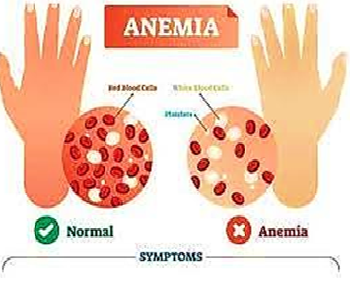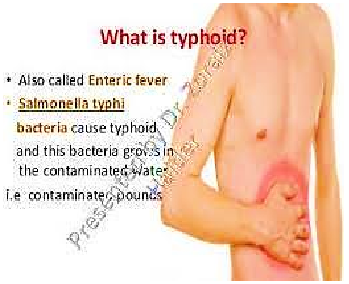

Which of the following is NOT an infectious disease?
a) Flu
b) typhoid
c) ringworm
d) anaemia
Explanation:Anemia is a condition in which you lack enough healthy red blood cells to carry adequate oxygen to your body's tissues. Having anemia, also referred to as low hemoglobin, can make you feel tired and weak. There are many forms of anemia, each with its own cause.

Which of the following disease is caused by
virus?
a) Flu
b) typhoid
c) ringworm
d) anaemia
Which of the following disease is caused by bacteria?
a) Flu
b) typhoid
c) ringworm
d) anaemia
Explanation:Typhoid fever is a bacterial infection that can spread throughout the body, affecting many organs. Without prompt treatment, it can cause serious complications and can be fatal. It's caused by a bacterium called Salmonella typhi, which is related to the bacteria that cause salmonella food poisoning.

Which of the following disease is caused by
fungi?
a) Flu
b) typhoid
c) ringworm
d) anaemia
Explanation:Ringworm is a common skin infection that is caused by a fungus. It's called “ringworm” because it can cause a circular rash (shaped like a ring) that is usually red and itchy. Anyone can get ringworm.

The personal
army of an organism against disease causing pathogens is called………
a) circulatory system
b) immune system
c) respiratory system
d) reproductive system
Explanation:The immune system is a network of biological processes that protects an organism from diseases. It detects and responds to a wide variety of pathogens, from viruses to parasitic worms, as well as cancer cells and objects such as wood splinters, distinguishing them from the organism's own healthy tissue. Many species have two major subsystems of the immune system.
Every day we encounter a huge number of pathogens, however we do not fall ill every other day which is due to our……….
a) circulatory system
b) immune system
c) respiratory system
d) reproductive system